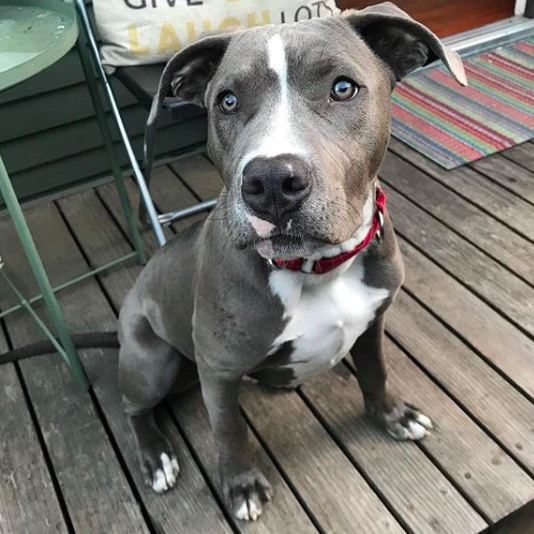Is your dog social COOL?
Your dog’s sociability can be categorized in four ways:
1.Dog Social: These dogs will seek out others to play with and enjoy the pack mentality associated with it.
2.Dog Tolerant: This type of dog may not seek out play but will engage while also choosing sometimes to 'sit this one out.'
3.Dog Selective (most bully breeds): These dogs are fine with some but not all and often prefer those of the opposite sex. NOT A DOG PARK DOG.
4.Dog Aggressive: NEVER DOG PARKS. An aggressive dog will generally take all dogs as a challenge and are always willing to fight. It is possible for these dogs to live with another dog if they are properly trained to built up trust. The owner of an aggressive dog must be very structured and experienced, maintaining the right environment. This means never leaving the dogs alone together, and never having toys or bones around as this may cause a fight.
PLAY:
Two dogs playing are still fighting. They are working each other out, deciding who is stronger, faster, and more agile, a bit like two boxers sparring. Control must be maintained, thus it’s important for you to remain in charge. It’s your game and you stop it when you want to, sometimes 'just because'.
MEETING A NEW DOG:
It’s all in the greeting. Done correctly, with loose leashes on a walk, the dogs can have a good experience. Done incorrectly (nose to nose, taut leashes), fights can happen. Know your dog's limits and don't set him up to fail, not every dog is social.
Note: Throw away the flexi leash.
Important Tips
• Reward calm behavior.
• Many issues stem from excitement and over-stimulation.
• Be conscious of what stresses your dog out.
• Earn your dog's trust and respect.
• Practice makes perfect, good or bad behavior.
• Be your dog's leader not follower.
• Whenever you pet your dog, you're actually rewarding what he's thinking or doing.
• Build a foundation of sit, come, stay to get your dog dialed in with you.
• Make your dog earn his freedom, start off with a good structure and routine.
• Learn your dog's body language, correct the thought not the action.
• Understand and tackle your dog's issues from the route cause not the symptoms.
• Practice conscious good behavior until it becomes subconscious.
Decoding Dogs Video Library
It’s important to come back and release the dog. Do not release from down stay at a distance.
It’s important to read your dogs body language. Notice the playful energy between the dogs. This is a successful meet.

